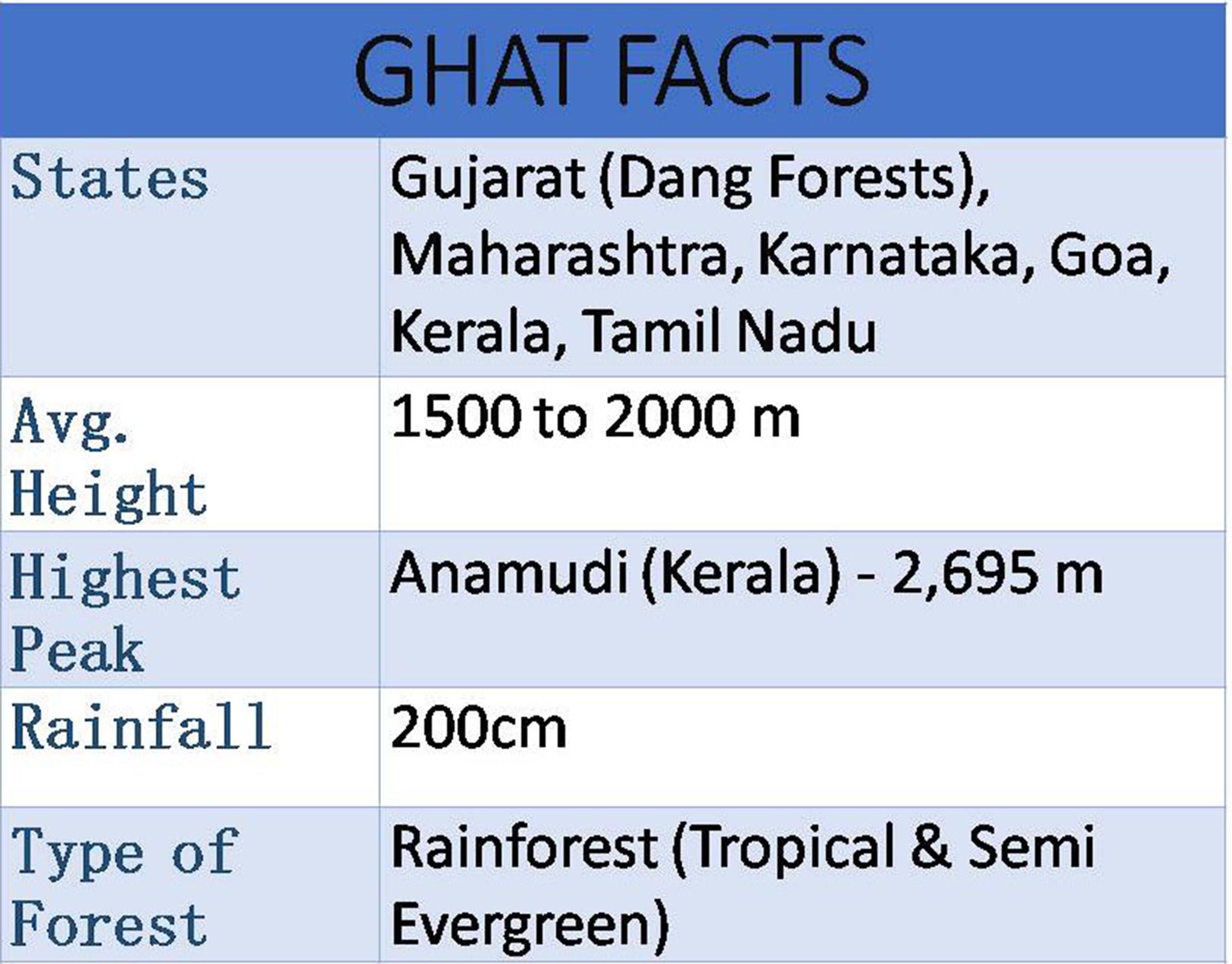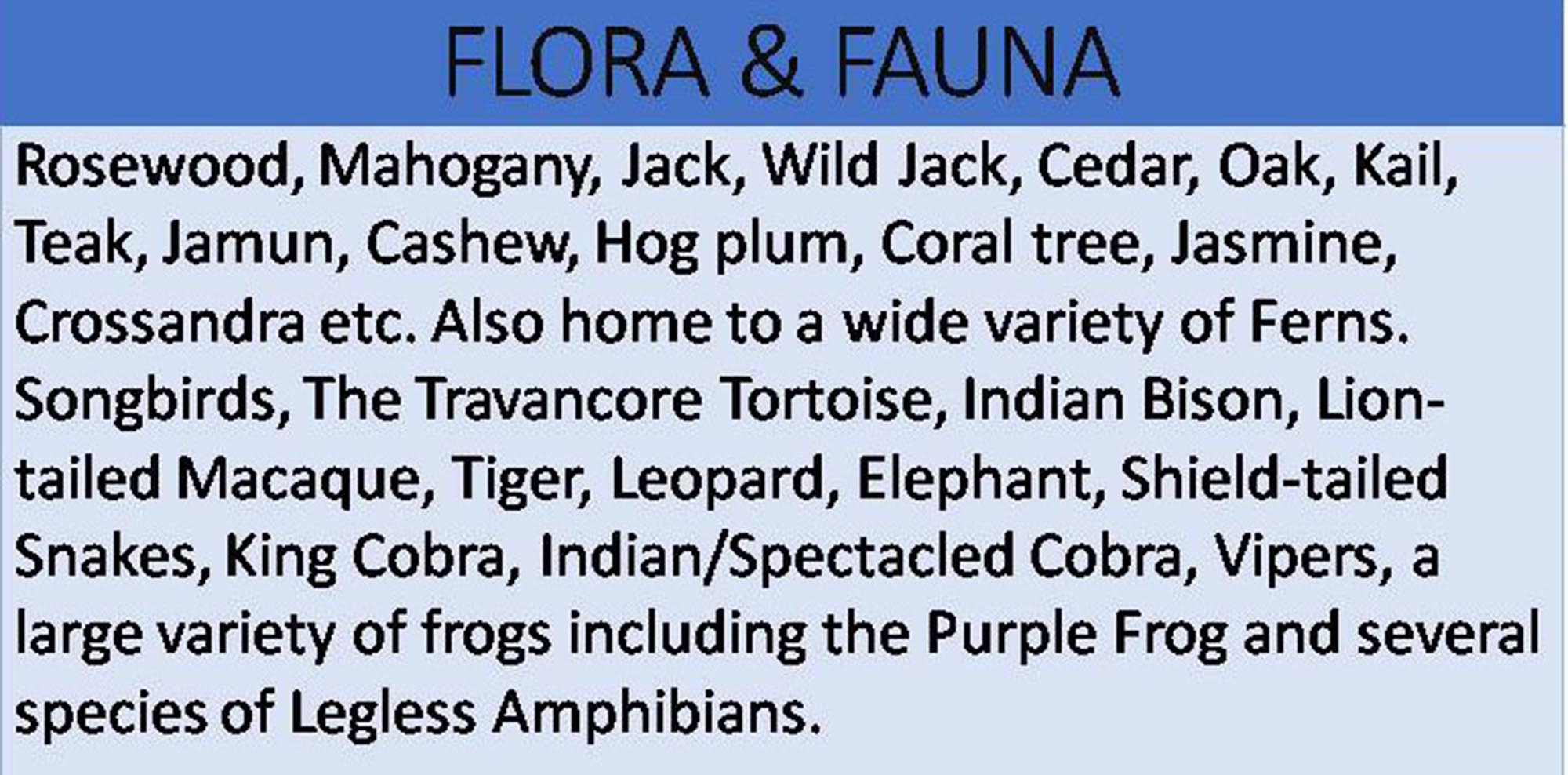Goa is a great place for a glamour photo shoot.
Given that the tag cloud of #beaches, #swimsuit, #sun, #spray, #sand et al have sufficient representation both in our mind space as well as cyber space, it is time to look at an alternate take for a glamour shoot, in Goa.
Welcome to the Chorla Ghats!
Located in the north-central part of the Western Ghats, Chorla is Goa and as unclichéd as it gets! Lush green vegetation all around, with mind-boggling variety of flora and fauna as far as the eye can see, Chorla is a paradise for a herp lover as well as those who love mesmerising landscapes.
Chorla Ghat is located on the intersection of the borders of Goa, Karnataka and Maharashtra in India.
It lies to the north-east of Panaji, Goa (about 50 kilometres by road). It is a part of the Western Ghats in the Sahyādri mountain range and is at an elevation of 800 meters.
The beauty of the place has to be experienced and so I will not try to paint you the picture with words. My trips to Chorla have been during the monsoons, when herping activity is at its peak. The effort, in the remainder of the write—up, will only be to help you be prepared both equipment-wise as well as regarding what subjects might come your way, so that you can enjoy your trip to the fullest.
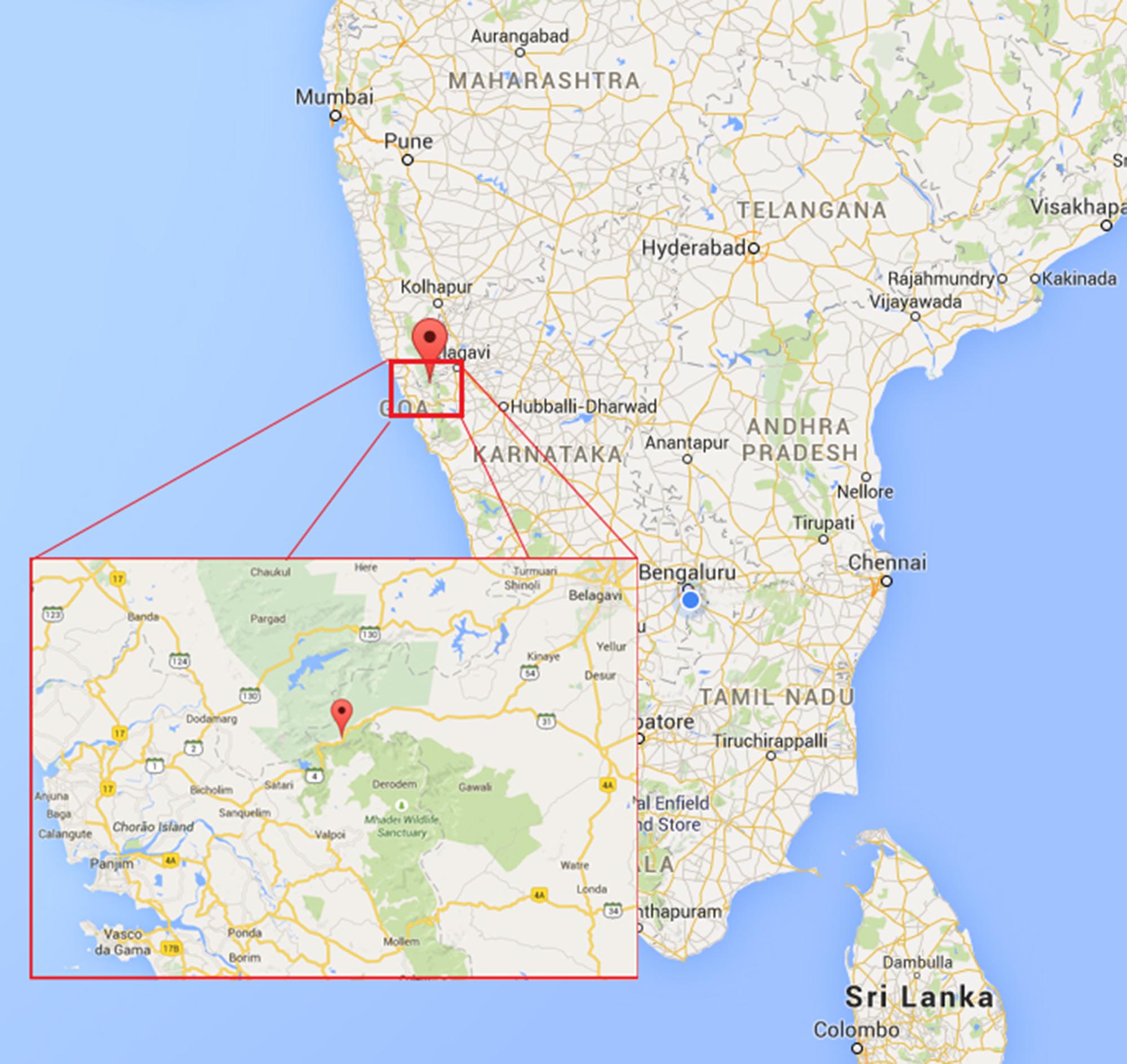
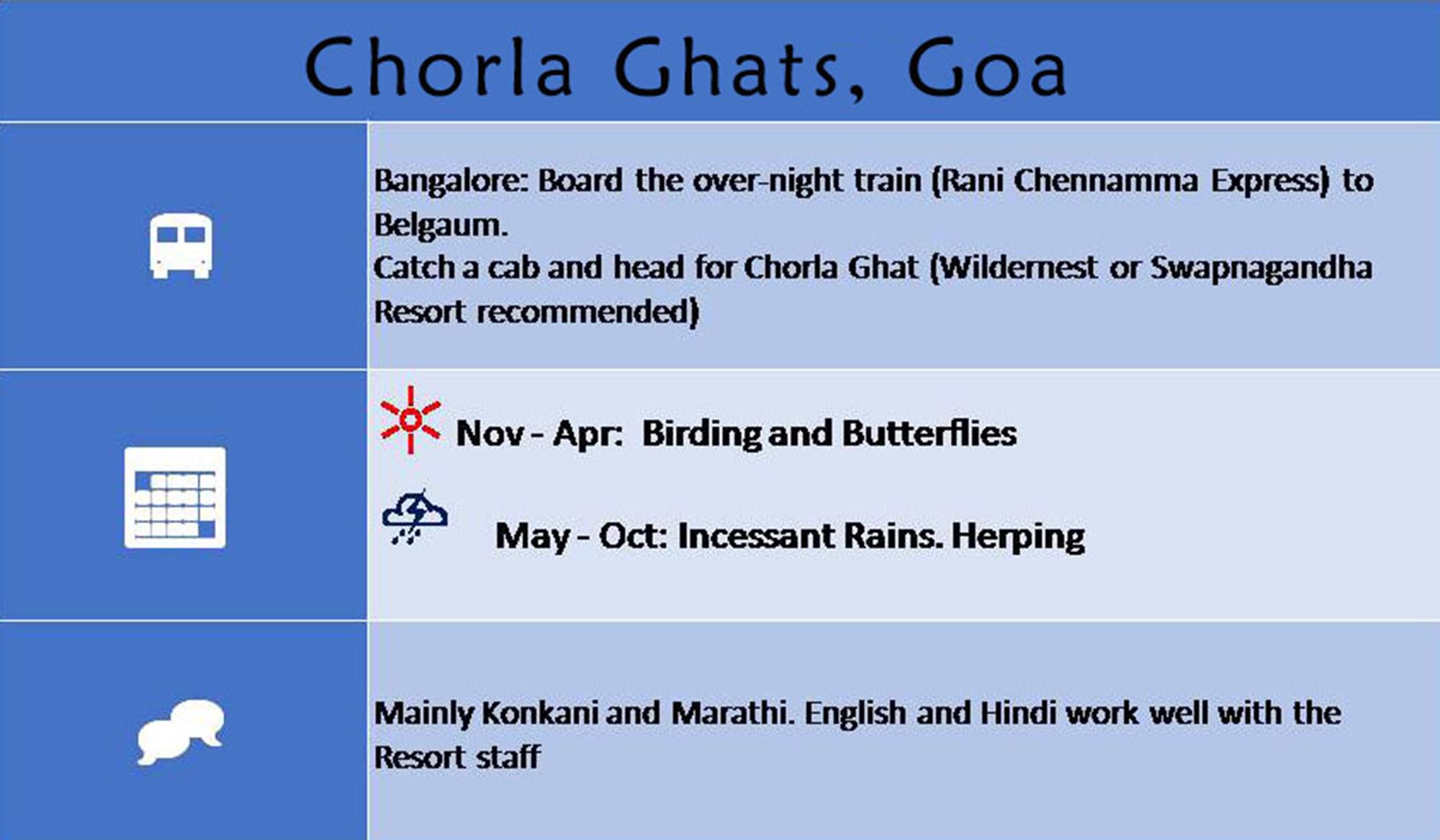
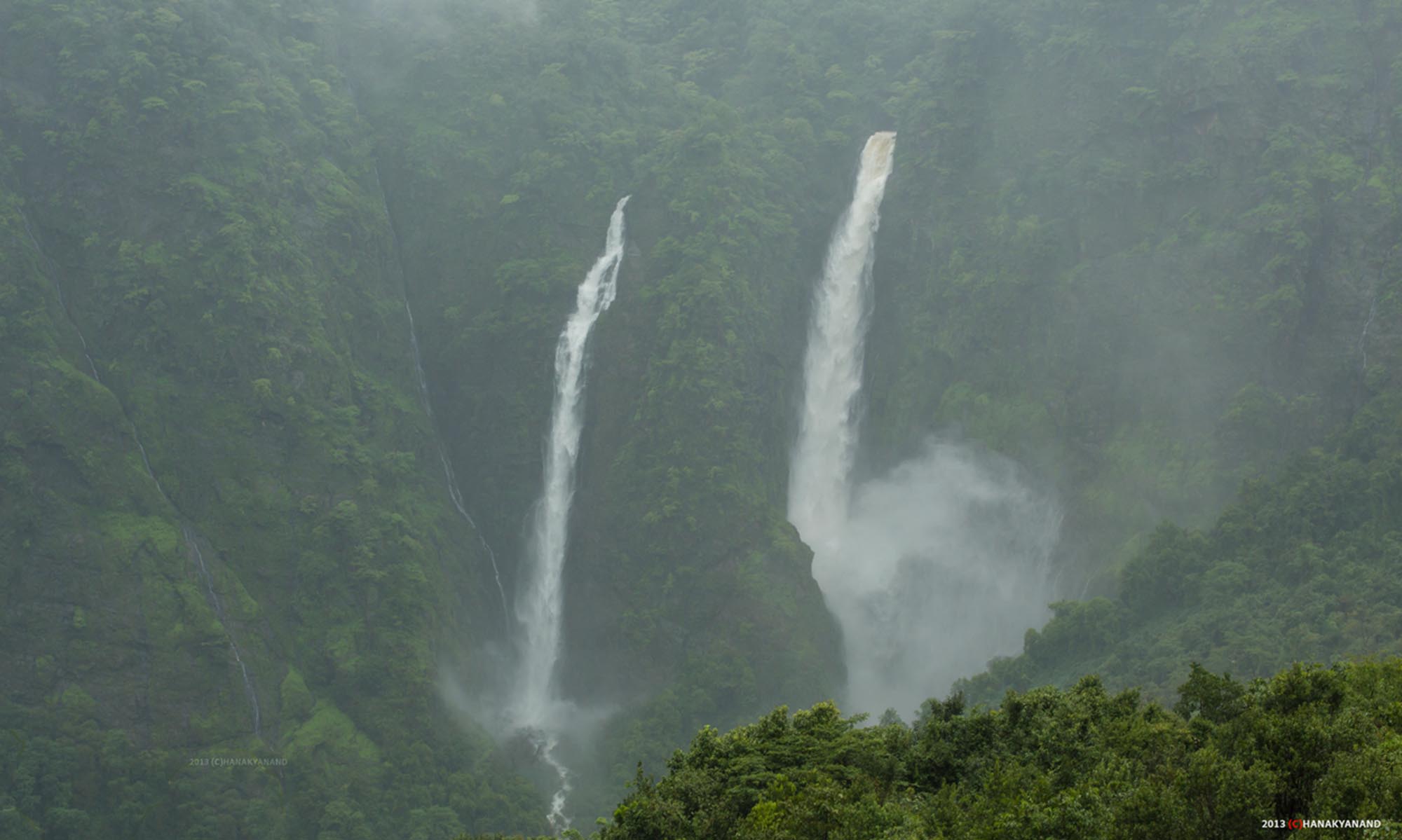
The “boring” view from my Room – At the Swapnagandha Resort
A photographer's perspective
Here is a list of the bare necessities that you need in terms of Photography gear to survive in Chorla:
For Macro Enthusiasts:
1. A good, weather-sealed camera. I can vouch that a DSLR would be a mighty good choice.
2. A fast and again, weather-sealed Macro lens. FWIW, my Canon 100mm f/2.8 L has come through in flying colours! I had the non-L 100mm on my earlier trips to the Ghats and found that under the extremely low lighting conditions (that rainforests are notorious for), the L version gave me far closer to 100% accurate auto-focus. Also, I noticed that the L version fogged up far more rarely than the non-L one. Sorry non-Canon folks, do not have much for you other than that. The Tamron 90mm macro is also a great option but I found myself taking far more shots of the same subject owing to focus-hunting under low-light conditions.
3. A good Flash. The built Flash is fine but since my camera body comes without one I tend to carry an external flash. Despite how good they are, be prepared to see your flash give up under the extreme levels of moisture/humidity. They need warming up all over again before they boot up. From experience, I always carry two flashes!
4. Rain protection for the Gear (and yourself)
5. An umbrella
6. If you prefer shooting macro using a tripod then make sure you carry one of the models where the central columns can flip to be horizontal.
For Landscape Photographers: 1. A good, weather-sealed camera. 2. A good wide angle lens. 3. Tripod
Experts- For a Naturalist
Herping and photographing Herps are best done under expert supervision for the safety of all concerned.
The Mhadei Nature Conservation facility has been established at Chorla Ghat to facilitate research and long term monitoring of the Western Ghats of the Sahyadris region and their biodiversity. It intends to provide a platform for ecologists and wildlife biologists by way of fully equipped field station for this area. Having lodged at the Swapnagandha Resort during my stay at Chorla, we also had the good fortune of having Nirmal Kulkarni (the Author of ‘The Goan Jungle Book’) as our mentor/guide. His immense knowledge of the Western Ghats, the Chorla region in particular, and the ability to impart that to people using simple anecdotes and stories, make this trip a learning experience like no other.
Photographer
The rainforest is probably one of the most challenging environments for Photography, given how the cloud cover and the dense canopy can cause extreme changes in the way the scene is lit. Added to that is the propensity of subjects to squirm into the tiniest of crevices, how perfectly they are camouflaged. There are also far too many frogs and snakes are nocturnal, so unless you are very confident of your skills and/or have sufficient experience shooting in such an environment, you should definitely travel in the company of an xxpert. My last trip to Chorla was with Darter Photography and needless to say, the experience is highly recommended. The balance of helping me get the shot I want while ensuring that the wildlife is not put to any inconvenience whatsoever goes a long way in creating Photographers with a sense of responsibility towards nature.
DISCLAIMER:
I am not involved with Darter or any other Photography company nor do I get any form of remuneration for my recommendations.What you can expect to shoot while at Chorla
Almost all the species that are present in the Western Ghats, be it the different Vipers, frogs, bugs and insects (except those that are endemic to certain other regions!) are present in Chorla too. Some of the rare species of wildlife are found here. Also, the probability of finding Saw-scaled Vipers, with their beautiful golden sheen, is far higher here than in other parts of the Ghats. Other attractions are the plant life, with ferns, orchids and multi-coloured fungi forming an unbroken carpet of green all around. 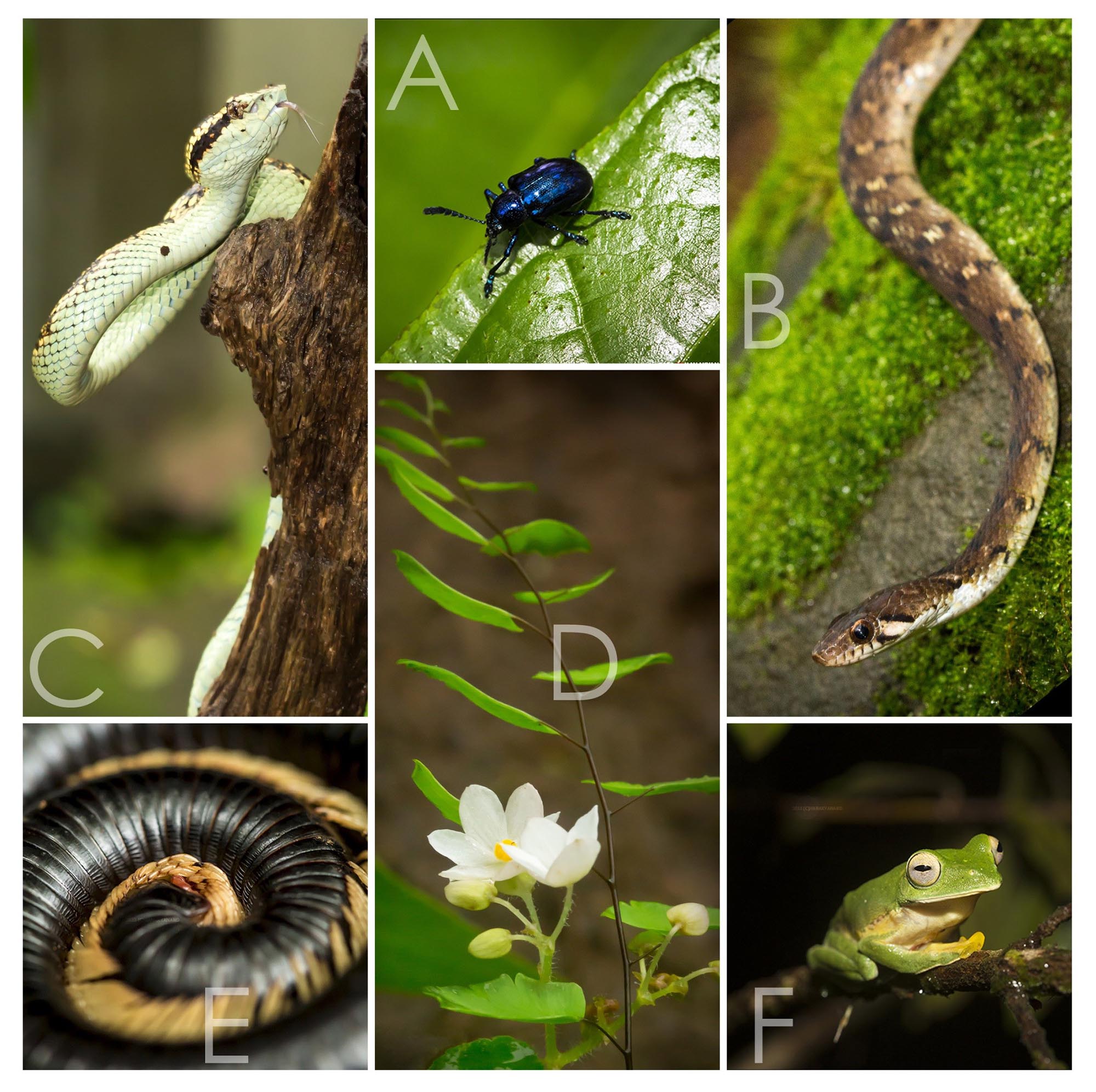
A. Jewel beetle
B. The Nilgiri Keelback or Beddome's Keelback – Non venomous and harmless (unless you are a toad!)
C. The Malabar Pit Viper – The pit viper registers heat using the ‘pits’, positioned on each side of the snake's head between the eye and nostril,and is so sensitive that they can feel the temperature variation produced by a mouse from 6 inches away. Venomous to humans. Completely harmless when left alone!
D. Ferns and jungle blossoms – A feast for the eyes and a welcome relief from looking for expertly camouflaged herps!
E. Millipede – A millipede rolled up in self-defence
F. The Malabar Gliding Frog – Caught napping! Brilliantly coloured in green, yellow and with reddish-pink webbing that helps it glide between trees 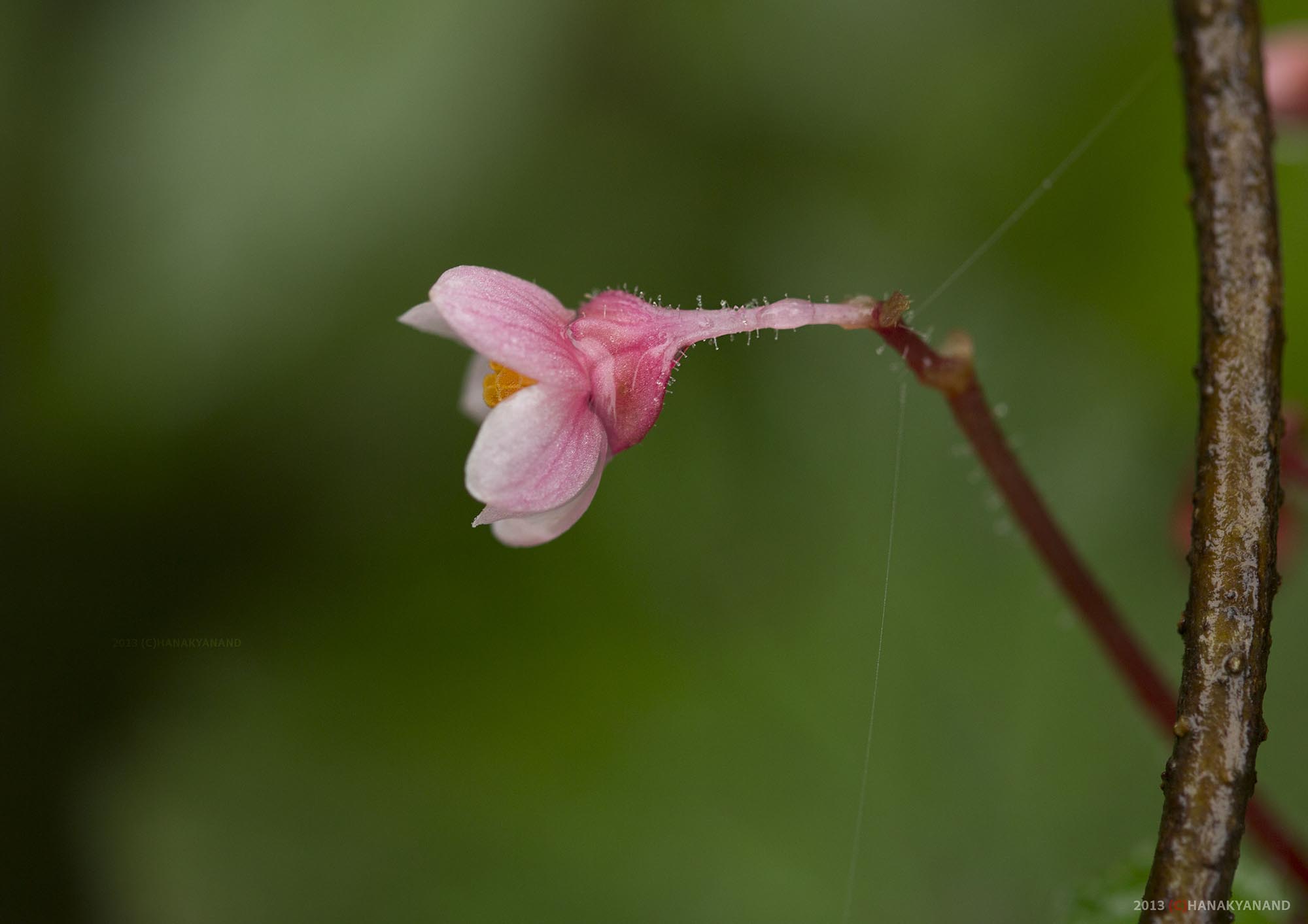
Chorla is home to some amazingly beautiful plant-life 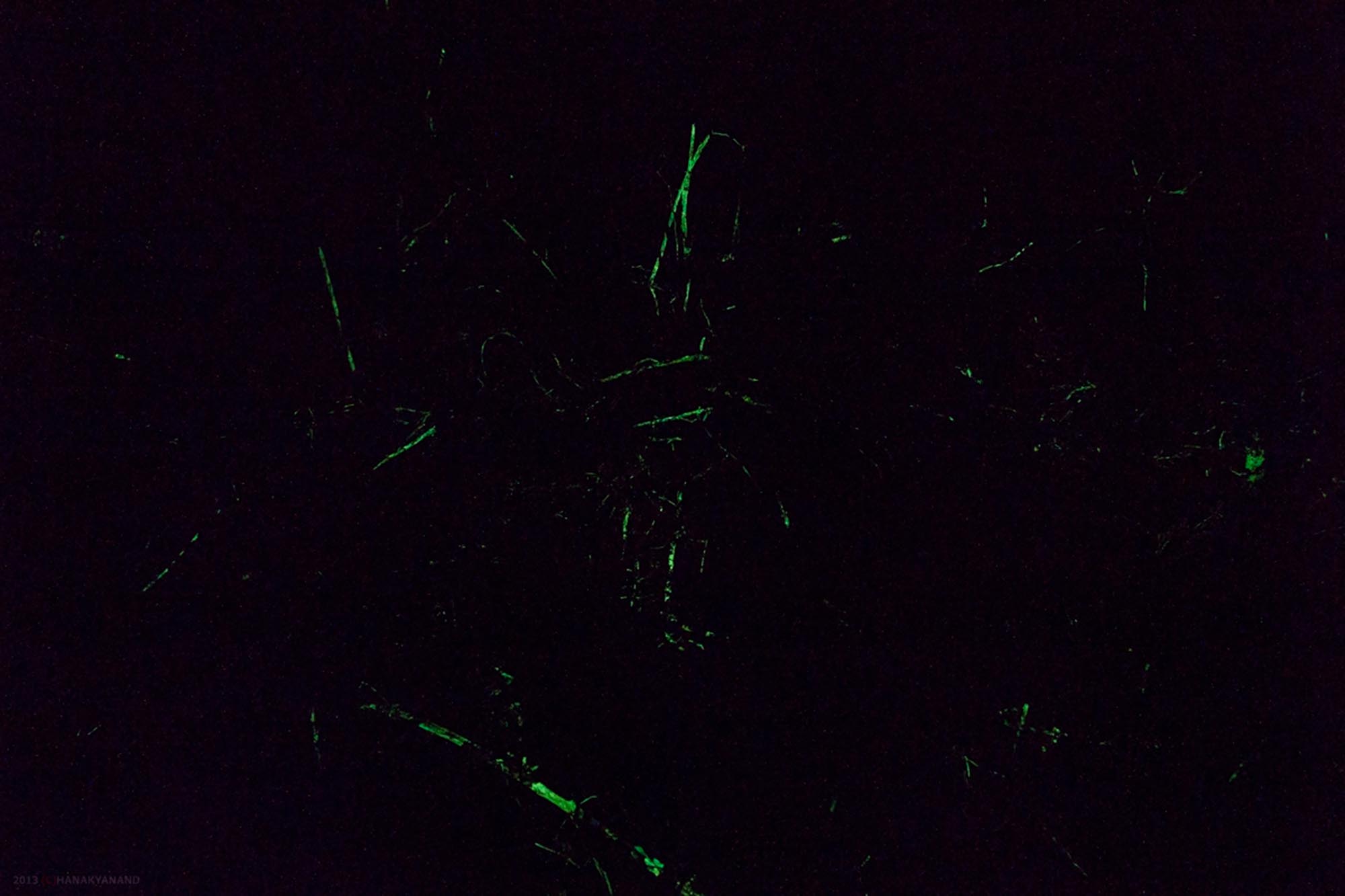
Midnight Landscape – BioluminescentFungi 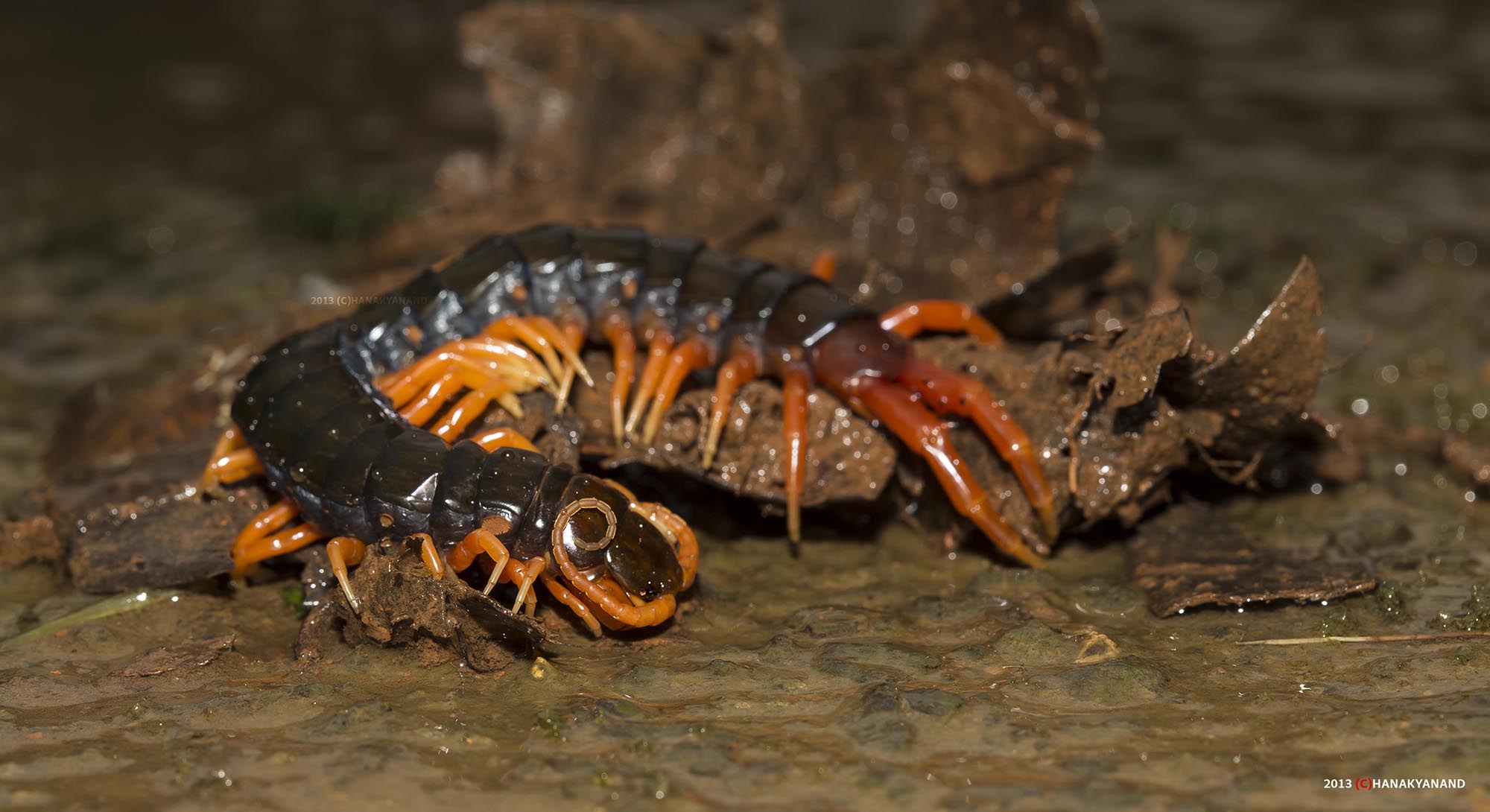
And, bending to editorial pressure, the unavoidable Tiger photo for this wildlife article - A Tiger Centipede 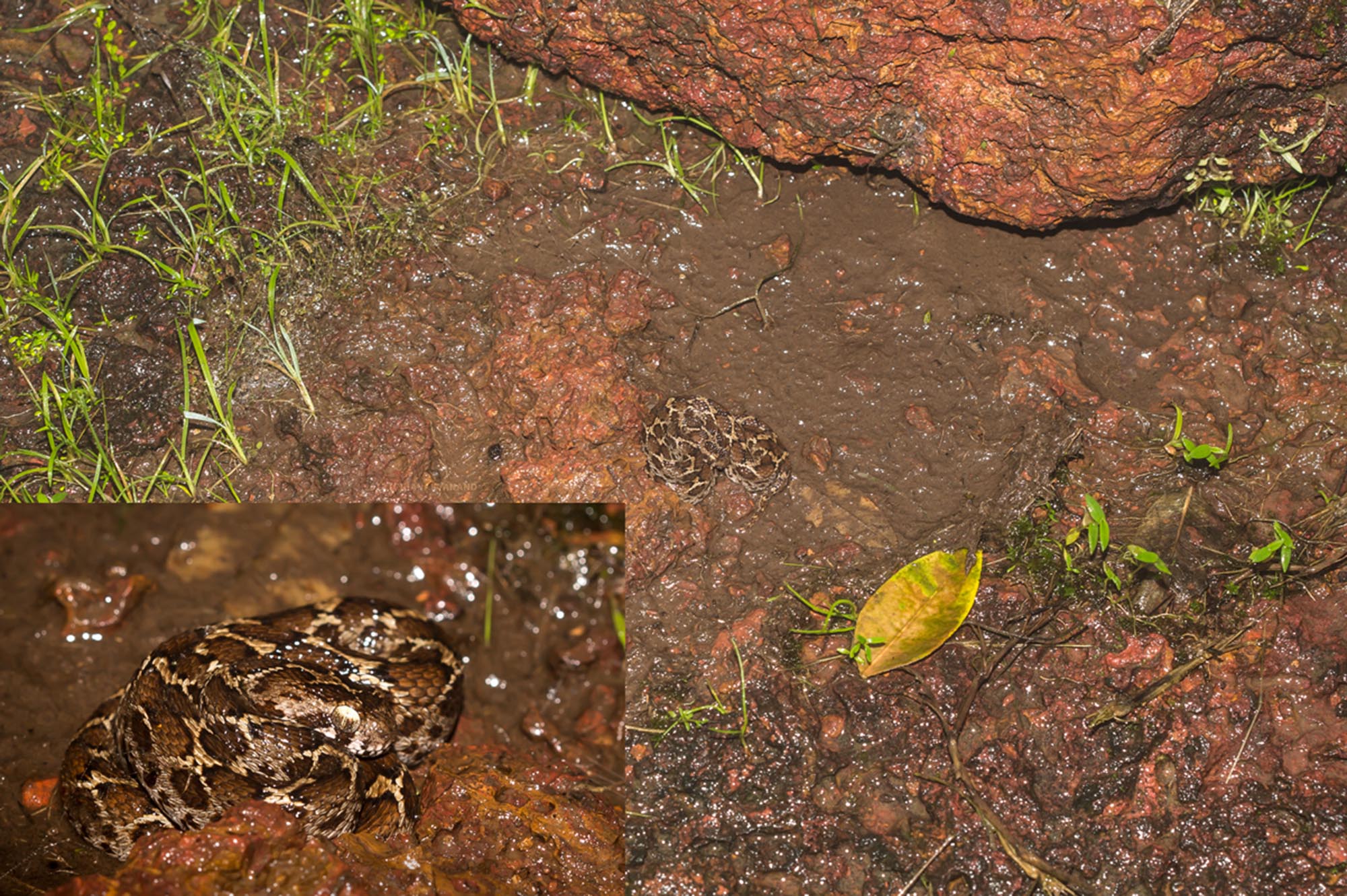
The Saw-scaled Viper – A diminutive chap despite his vicious reputation. [Inset – A close-up of the saw scales and the golden eye lids] 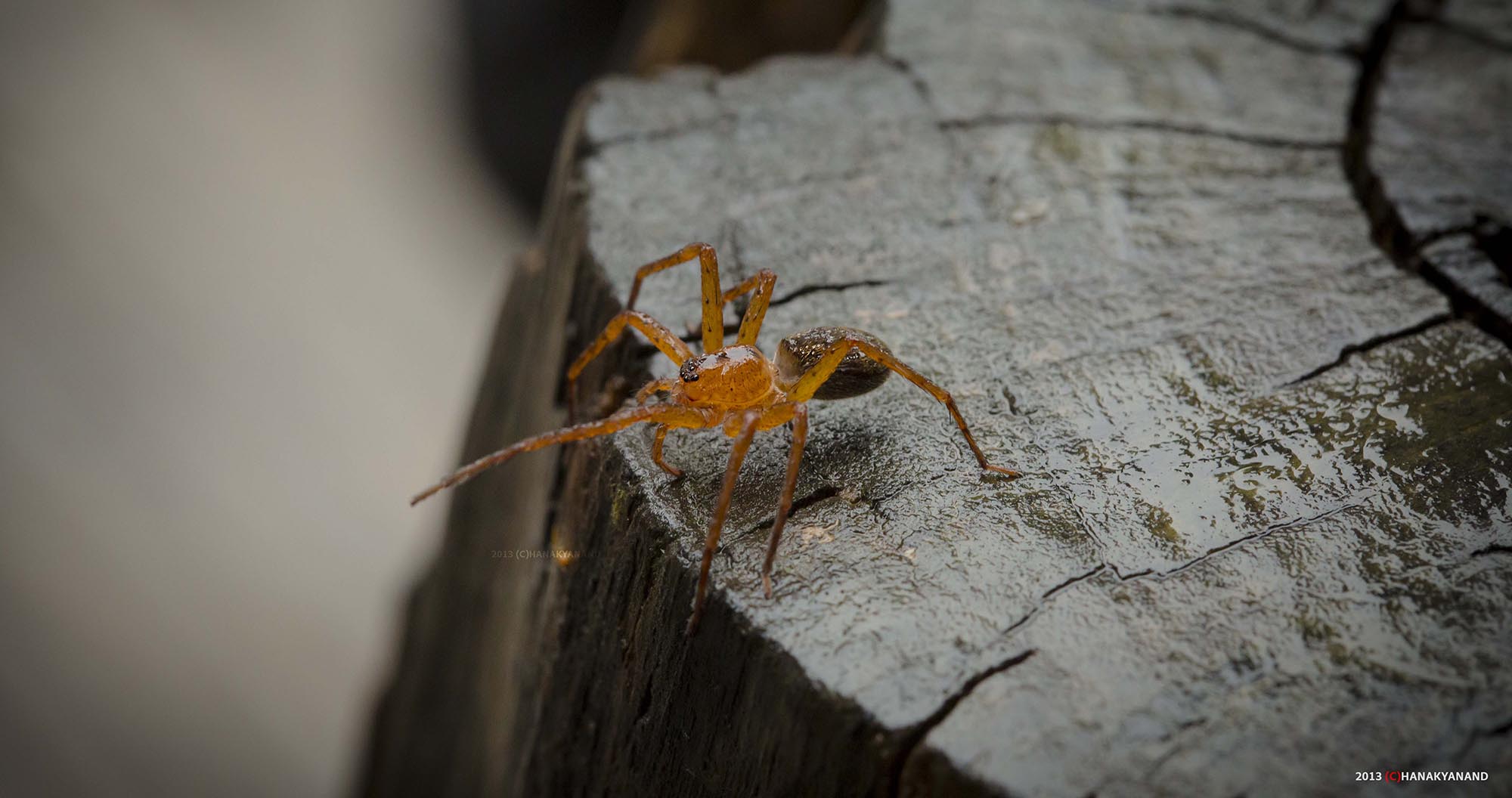
Still cannot make up your mind on whether to go or not? Go ahead and take that step!
Post script: Know your Western Ghats
The Western Ghats (the Sahyādri or the Sahya Parvatam) constitute a mountain range along the western side of India, starting at the southern tip of Gujarat and travelling all the way down to Kanyakumari in Tamil Nadu.
It is a UNESCO World Heritage Site and is one of the eight "bio-diversity hotspots" in the world. 